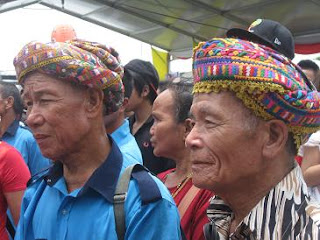SWIMMING
WITH TURTLES
DERAWAN
ISLAND
EAST KALIMANTAN
INDONESIA
There
are very few places in the world where a unique experience of
swimming with turtles is possible. Turtles are gentle but big
creatures so seeing them while snorkeling and following their path
among fish and colorful coral reefs is an experience of a lifetime.
One of these places is Derawan Island, a well hidden, absolute
paradise of natural beauty. Derawan Island is part of the archipelago
of Marine Park located in East Kalimantan, Indonesia.
Derawan
Island Archipelago has a treasure of marine life and underwater
wealth and offers fabulous snorkeling and diving. One can swim with
manta rays of Sangalaki Island and nearby Kakaban Island has a fresh
water lagoon with jellyfish. Maratua Island has extensive reefs and a
resort. But it is Derawan Island where the locals greet one with
smiles, hospitality & friendliness.
This
September the Island has hosted Derawan Island Water Festival, a
successful event for visitors and locals alike.
Berau, Tanjung Redeb is a starting point welcoming Festival participants with amazing hospitality. It is only a prelude to a two hour speed boat trip to Derawan allowing to absorb some wilderness scenery.
The Derawan Island Water Festival opened a scenic area of East Kalimantan for the lovers of diving and snorkeling. However, it is not just the underwater beauty of marine life that attracts the visitors to come back.
The hospitality of Indonesian people is incomparable with anywhere else in the world. We will return.




















































